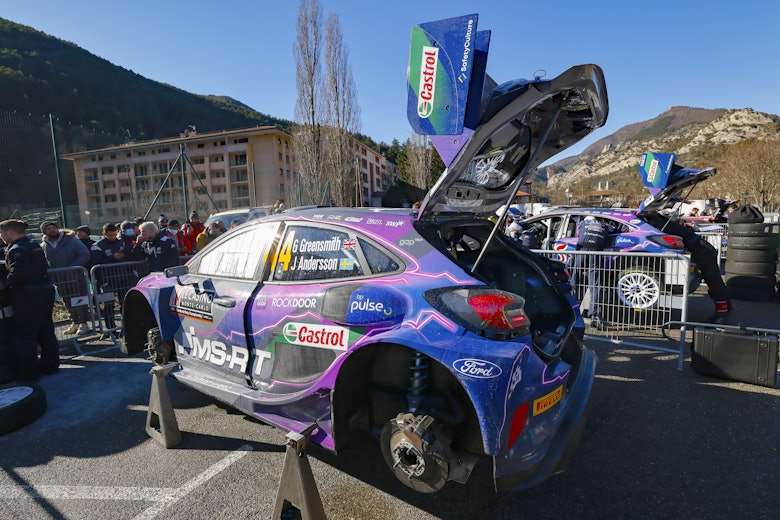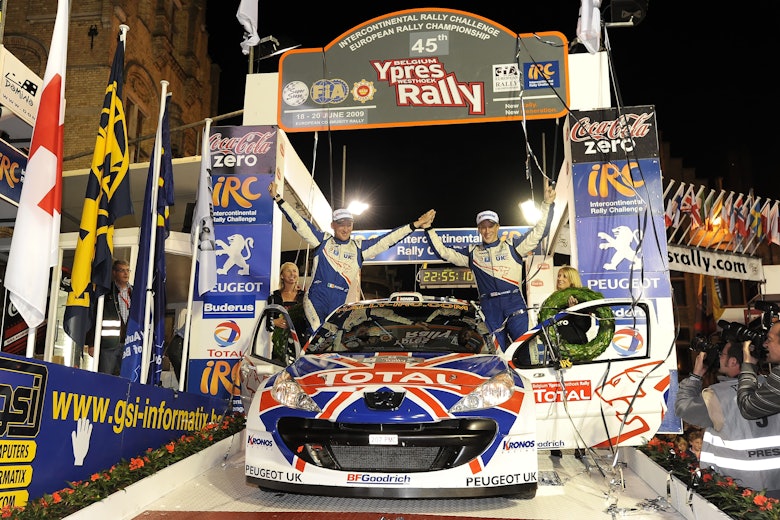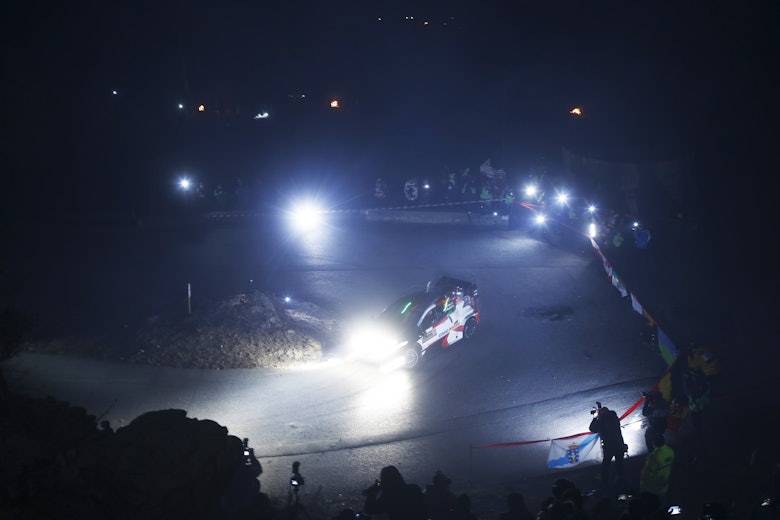Ah, the good old days. 500+ mile itineraries on the RAC, traversing three nations across 50+ stages over six days. Rallying’s golden era. We need some of that endurance magic back, don’t we?
I don’t know. I can’t imagine what that’s like; alas I am not old enough to have lived those halcyon days slogging through the mud, snow and wind. David Evans was though (only just, as I’m sure he’ll be keen to clarify) and from what I’ve heard, it sounds absolutely mad.
That is not what today’s World Rally Championship itineraries are like. It’s all very civilized now. A route a little under 200 miles, using a ‘cloverleaf’ system where two or three stages are repeated twice in a loop, forms the bulk of championship events.
It’s too civilized if you ask some fans. But going backward in time to monster itineraries is simply not on the agenda.
“It’s difficult to turn back time, so it would be very difficult to go back to significantly longer events,” said Robert Reid, FIA deputy president sport.
“Certainly, to have a standard format where every event was significantly longer, is difficult to achieve.
“Personally, I liked the endurance element so it’s certainly something I would be interested in exploring. But when you have 13 events this year, is it more important to have more events and go to different countries or less events that are longer?”
It’s crystal clear that there’s no scope for itineraries to grow larger. It simply isn’t on the agenda of any power player in rallying – whether that’s the FIA, the Promoter, or any of the manufacturers. There’s no appetite for it.
But what if I told you we didn’t need insane amounts of stage mileage, or drivers running on 30 minutes of sleep, to have endurance in rallying? Maybe volume is not the answer.
We need to be smart. And in that sense, the Monte Carlo Rally itinerary was smart.

Teams were worried about a lack of midday service during the Monte. On Friday and Saturday, the only days with two full loops of stages, there was no midday service, only a tire-fitting zone. With Rally1 cars making their debut, it risked a slew of retirements that would risk making everyone look a bit silly.
It didn’t turn out that way. Adrien Fourmaux, Ott Tänak, Elfyn Evans and Takamoto Katsuta all fell by the wayside not through unreliability but by driving mistakes.
What it did do was influence the outcome of the third place fight. Before Evans’ retirement, Thierry Neuville had been holding Craig Breen at bay for what would later become third, until a damper failure left his Hyundai hobbled.
Had there been a full service at lunch, Neuville would have swapped the damper out after two stages and suffered almost no time loss at all – it was damaged by that point but hadn’t collapsed entirely before the tire-fitting zone.
Instead, endurance kicked in. He’d have to nurse it to Monaco at the very end of the day. When said front-right damper did eventually buckle, he sprung into action, improvising a roadside fix between the last two stages of the day.
Neuville lost around six minutes through his damper drama. But he’d kept going. That was the most important part. As the other Hyundais parked up, halted by a crash (Tänak) and fumes leaking into the cockpit (Oliver Solberg), Neuville had soldiered on and recovered a sixth place. It was far from a spectacular result – but you can’t say it wasn’t well-earned.
Monte recaptured a little bit of endurance by taking away services. But how else can it be done? Five-time WRC event winner Kris Meeke feels Ypres Rally – in its traditional form, not the WRC itinerary deployed last year – holds the key.

“Endurance comes in lots of different forms,” Meeke told DirtFish.
“People think about endurance as being five or six-day rallies going through the night with no sleep. It doesn’t need to be like that at all.
“You look to events like Ypres, that’s an endurance event. It’s a 36-hour format, starting on Friday morning and finishing on Saturday night, but running late into the night and starting early in the morning.
“I always enjoyed the intensity and the tempo of Ypres. There was always another stage coming, it was really busy all the time. For me, that could make an interesting format [for the WRC].”
There is of course the problem of standardization. The promoter – and several rally organizers, it seems – like itineraries to follow a standard pattern. It’s easy to see the business case for why.
It allows predictable scheduling for television; while that’s not particularly important for its WRC+ on-demand platform, there are still millions of dollars in linear broadcast deals at stake.
And for the casual fan who’s discovering rallying for the first time, having wildly different schedules depending on where the rallies are can be genuinely confusing. They didn’t have the internet to contend with in the 1980s – WRC’s competitors for audience attention is now, well, everything on earth, pretty much.

But maybe there’s a compromise to be struck here. Perhaps eliminating midday services from all rallies – replaced instead with tire-fitting zones across the board – could be a first step for those events not yet brave enough do an Ypres. After all, endurance is more than the mileage and number of stages listed on the itinerary. It’s a mindset.
Stick some component usage rules on top – like limiting the number of dampers, driveshafts, etc that each car can use during a year – and suddenly the drivers won’t only be thinking about where the last millisecond is coming from. They’ll also be listening intently for the slightest knock and bang, worrying which unexpected sound might end up forcing them to take it easy for another four or five stages or suffer the consequences.
Monte definitely reminded us of one thing, though. What we used to think of as endurance rallies may be long gone. But that doesn’t mean walking the tightrope between speed and mechanical sympathy needs to be in the past. We can plan smarter, not harder.





